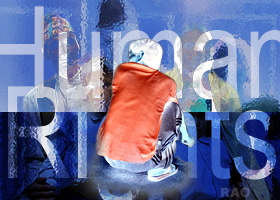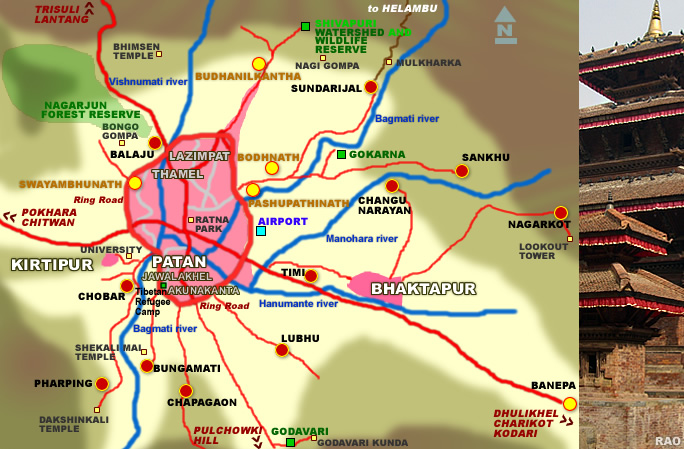|
|
|
Human
Rights & Social Justice
|
|
|
|
Investigate
Kathmandu 'Killing Field'
|
 |
New
York, 28 December 2007 (Human Rights Watch)
The
Nepal government's failure to protect the site of alleged army killings
at Shivapuri National Park near Kathmandu signals an
unwillingness to investigate past atrocities, Human Rights Watch said today.
"This
site may reveal horrific killings linked to the Nepali army, and the government
has got to move more quickly to investigate," said Charu Lata Hogg, South
Asia researcher for Human Rights Watch. "The government has recently made
some fine-sounding pronouncements on human rights, but when it comes to
actual cases it's doing precious little to investigate effectively."
 |
| On
December 20, 2007, a team from the National Human Rights Commission (NHRC)
and the United Nations Office of the High Commissioner for Human Rights
(OHCHR), found partially buried clothing, half-burnt logs, and other objects
on a forested slope in the army-protected Shivapuri National
Park, 10 miles north of Kathmandu. The site, which is located close
to army barracks inside the park, was discovered following a tip-off from
an army source who claimed to have witnessed the cremation of several people
who had been "disappeared" in 2003. |
|
NHRC
member Gauri Pradhan told Human Rights Watch: "Family members of those
who disappeared along with a group of human rights activists requested
NHRC to visit the site. The information appears credible."
Between
September and December 2003, the Nepal Army's Bhairabnath and Yuddha Bhairab
battalions arrested and detained hundreds of individuals in Maharajgunj.
Their detentions were never formally acknowledged, and at least 49 people
were "disappeared" by the Bhairabnath battalion in 2003, according to an
OHCHR report in May 2006. The OHCHR alleged that members of the Bhairabnath
battalion killed possibly scores of detainees in custody, and evidence
points to this site being used for extrajudicial killings and cremations.
Following
the discovery of the Shivapuri site and after repeated requests by human
rights activists, the Nepal police deployed nine police officers to guard
the site. Investigations, however, have been slow. Forensic experts have
not yet collected all evidence from the site and government laxity in allowing
people to freely roam the site could have resulted in tampering with evidence
of a serious crime.
top
 |
| <<
Kathmandu
Human
Rights Watch urged the government to investigate the Shivapuri site in
accordance with international standards, such as the Principles on the
Effective Prevention and Investigation of Extra-legal, Arbitrary and Summary
Executions. Concerned governments should offer support to the Nepal government
as required, including with forensic expertise, witness and victim protection,
and in the handling and transfer of evidence for prosecution. |
|
Human
Rights Watch called upon the Nepal government to take effective action
to resolve the thousands of enforced disappearances that occurred during
the civil war and to prosecute those responsible. On December 23, the ruling
seven-party alliance signed a 23-point agreement including some important
commitments relating to human rights, such as the establishment of a commission
to promptly investigate new "disappearances."
"While
there are commitments to human rights on paper, it is high time the government
takes concerted action to implement these commitments," said Hogg. "Perpetrators
for crimes like 'disappearances' must be brought to justice."
Human
Rights Watch also called upon the Nepal government to sign and ratify the
International Convention for the Protection of all Persons from Enforced
Disappearances without delay. In line with that convention, the government
should ensure an inclusive and consultative process while drafting a law
on enforced disappearances, make "disappearances" a crime in line with
the convention's definition, and set up an investigative body with a mandate
and composition in line with international standards. There should be no
blanket amnesties for serious human rights violations.
Source:
Human Rights Watch 2007
top

|

|
|
HRW
|
top

|








